Table of content
Lotus root, a crisp and slightly sweet vegetable rooted in Asian cuisine, has gained global popularity for its unique texture and culinary versatility. Among the many ways to prepare it, stir-frying remains a favorite method, offering a balance of crunch and tenderness. However, one question often perplexes home cooks and aspiring chefs alike: How long does it take to cook stir-fried lotus root slices to perfection? This article delves into the nuances of cooking time, techniques, and tips to ensure your lotus root slices achieve that coveted balance of crispness and tenderness.
Understanding Lotus Root: More Than Just a Vegetable
Before diving into cooking times, it’s essential to appreciate why lotus root is cherished in kitchens worldwide. Native to Asia, this aquatic plant’s root is cylindrical, with a beige exterior and a lace-like pattern of holes running through its flesh. Its texture is firm yet yielding, making it ideal for stir-fries, soups, salads, and even deep-fried dishes. Nutritionally, lotus root is a powerhouse, rich in dietary fiber, vitamin C, potassium, and antioxidants. Its mild, starchy flavor acts as a blank canvas, absorbing sauces and spices beautifully.
The Science of Cooking Time: Factors That Influence Doneness
Cooking lotus root slices to the right level of doneness involves balancing several variables. Here’s a breakdown of the key factors:
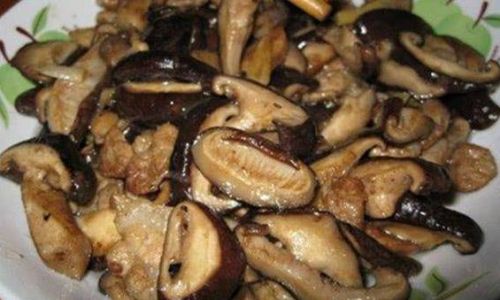
-
Slice Thickness:
Thinner slices (1/8–1/4 inch) cook faster, often in 2–3 minutes, while thicker slices (1/2 inch) may require 4–5 minutes. Uniformity in slicing ensures even cooking. -
Heat Intensity:
High heat sears the exterior quickly, locking in moisture, while medium heat allows gradual cooking. Preheating the pan is crucial to prevent steaming instead of stir-frying. -
Pan Material:
Carbon steel or cast-iron pans retain heat exceptionally well, shortening cooking time. Non-stick pans, while convenient, may require slightly longer due to lower heat retention. -
Freshness:
Fresh lotus root contains more moisture, requiring careful monitoring to avoid sogginess. Aged or slightly dried roots may cook faster. -
Pre-Preparation:
Blanching lotus root slices in boiling water for 1–2 minutes before stir-frying can reduce cooking time and ensure even tenderness.
Step-by-Step Guide to Perfect Stir-Fried Lotus Root Slices
Preparation: The Foundation of Flavor
-
Peeling and Slicing:
Use a sharp knife or vegetable peeler to remove the tough outer skin. Slice the root into uniform rounds or half-moons. For added texture, create shallow crosshatch cuts on the surface. -
Soaking (Optional):
Soak slices in cold water with a splash of vinegar for 10 minutes to prevent discoloration and remove excess starch. Drain and pat dry before cooking.
Blanching: A Preparatory Boost
- Bring a pot of salted water to a rolling boil.
- Add lotus root slices and blanch for 1–2 minutes.
- Immediately transfer to an ice bath to halt cooking. Drain thoroughly.
Why blanch? This step softens the fibers slightly, ensuring even cooking during stir-frying and reducing the risk of undercooked centers.
Stir-Frying: The Main Event
-
Heat the Pan:
Place a wok or skillet over high heat. Add 1–2 tablespoons of oil (peanut, vegetable, or sesame) and swirl to coat. -
Aromatics:
When the oil shimmers, add minced garlic, ginger, or sliced chili peppers. Stir-fry for 30 seconds until fragrant.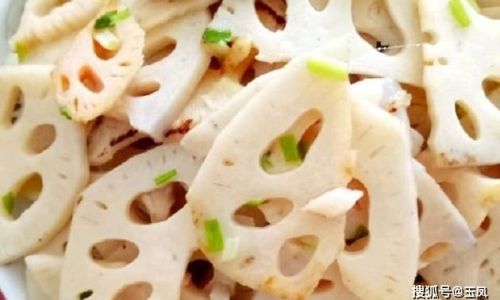
-
Cooking the Lotus Root:
Add the blanched (or raw) slices. Stir vigorously to coat with oil. Spread the slices evenly to maximize contact with the pan. -
Cooking Time:
- Raw Slices: 4–5 minutes on high heat, stirring occasionally.
- Blanched Slices: 2–3 minutes on high heat.
-
Seasoning:
Toss with soy sauce, oyster sauce, or a pinch of sugar halfway through cooking. For a tangy kick, add a splash of rice vinegar.
Finishing Touches
- Garnish:
Sprinkle with toasted sesame seeds, chopped cilantro, or thinly sliced scallions. - Texture Enhancement:
For extra crunch, add a handful of chopped water chestnuts or bell peppers during the final minute.
How to Test for Doneness
-
Visual Cues:
Raw lotus root appears opaque and starchy. As it cooks, it becomes translucent with glossy edges. -
Taste Test:
Sample a slice. It should offer a gentle crunch without raw starchiness. Overcooked slices turn mushy and lose their shape. -
Texture Check:
Pierce a slice with a knife. It should meet slight resistance but yield easily.
Common Mistakes and How to Avoid Them
-
Overcrowding the Pan:
Crowding lowers the pan’s temperature, leading to steaming instead of searing. Cook in batches if necessary. -
Inconsistent Slice Thickness:
Uneven slices result in uneven cooking. Use a mandoline slicer for precision. -
Skipping Blanching:
While optional, blanching ensures even tenderness, especially with thicker slices. -
Under-Seasoning:
Lotus root’s mild flavor benefits from bold seasonings. Don’t shy away from garlic, ginger, or spicy sauces.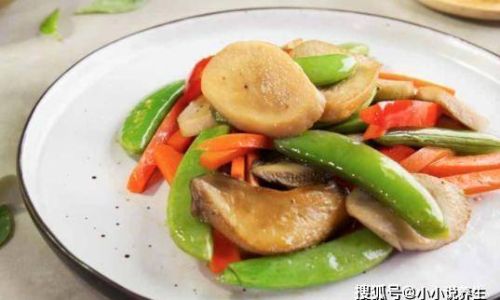
Variations and Creative Twists
-
Spicy Sichuan Style:
Add Sichuan peppercorns and dried chili flakes for a numbing heat. -
Sweet and Sour Glaze:
Toss cooked slices in a mixture of honey, rice vinegar, and ketchup. -
Vegetable Medley:
Combine with carrots, snap peas, and mushrooms for a colorful stir-fry. -
Protein Pairing:
Serve alongside shrimp, tofu, or thinly sliced beef for a complete meal.
Health Benefits: A Nutritional Powerhouse
Beyond its culinary appeal, lotus root offers remarkable health benefits:
- Digestive Health: High in fiber, aiding digestion and preventing constipation.
- Immune Support: Rich in vitamin C, boosting collagen production and immunity.
- Blood Sugar Regulation: Low glycemic index makes it suitable for diabetic diets.
- Antioxidant Properties: Combats oxidative stress, reducing inflammation.
Cultural Significance and Traditional Uses
In Chinese culture, lotus root symbolizes purity and harmony, often featured in festive dishes. In Japan, renkon is pickled or grated into batters for tempura. Indian cuisine incorporates it into spicy curries and fritters. Understanding these traditions adds depth to your cooking, transforming a simple dish into a cultural experience.
Conclusion: The Balance of Time and Technique
Mastering the cooking time for stir-fried lotus root slices is an art that rewards patience and practice. Whether you prefer a tender crunch or a softer bite, adjusting slice thickness, heat, and preparation methods allows endless customization. Remember, the goal is to highlight the vegetable’s natural charm while infusing it with flavors that resonate with your palate. So, next time you wield your wok, embrace the journey—and savor the crisp, satisfying results of your labor.



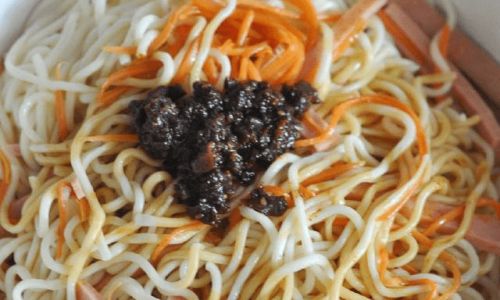
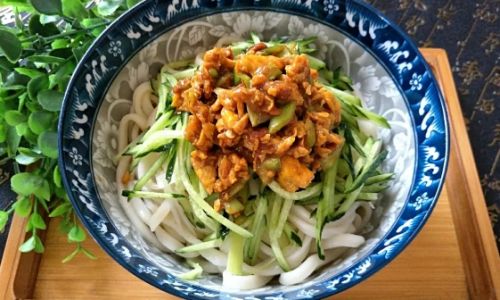

0 comments